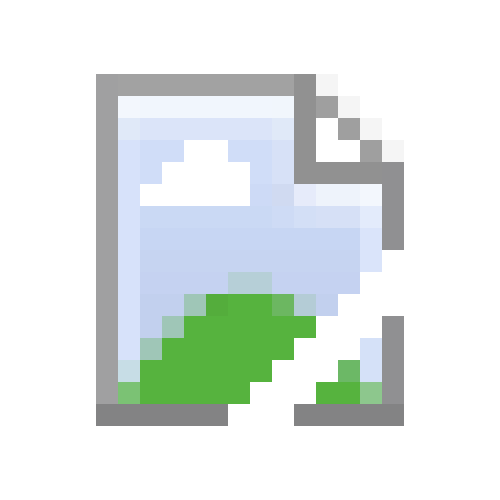

On the other hand, a car has far greater maintenance costs. The car has license, insurance, maintenance, gas, parking, etc., whereas an ebike is basically free in comparison. Electricity to power an ebike is pennies, and maintainance is a few basic tools and a new tire or inner tube on occasion.
With all the money saved, you can just rent a car for the handful of days the ebike genuinely is not sufficient.








Exactly. I rode an ebike one summer to commute to an internship. The sweat factor alone meant I never would have done that by regular bike, as I would’ve arrived at the office sweating like a pig.